Description
Mercedes-Benz W124 Hardcover book (fragment of the text)
Almost three decades after it was discontinued, we are used to seeing on the streets — far from their initial sparkle — “tired” sedans working as taxis in provincial cities, and station wagons carrying sacks of potatoes from village to city.
And, of course, we understand that this is a reliable car, still worth the $3,000-$5,000 asked for it in ads. But just looking at a rare, well-preserved, wellmaintained W124, we see what kind of car it really is … A real “style icon”!
With harmonious forms, created without any of the obvious compromises that occur when engineers with limited resources cannot fully realize the ideas of designers.
And if its predecessor — the W123 (a wonderful car in every sense) — today seems to many to look like an old-fashioned suitcase, then the W124 is a modern car with which the word “retro” is not yet associated.
The 1980s was a decade of truly widespread electronics and the then-fashionable “fast” word Turbo! When the last W123 had just rolled off the assembly line, the first Macintosh was already waiting on store shelves; and against the backdrop of new products from Apple, Sony, JVC, and other innovative companies, Mercedes sedans from the 1970s were not supposed to dazzle the imagination.
And why should they? After all, a Mercedes was then, first of all, traditional and prestigious, like a Rolex watch, a product that pampers its owner with comfort and gives a feeling of superiority over others.
But, one way or another, in 1982, a completely unusual car for Mercedes appeared: “Baby Benz”, the 190, a compact sedan, unlike any other Mercedes at that time.
It was modern, fast, and attainable, and perfectly fit into the image of the metropolis of the late 20th century. Subsequent new models of higher classes, including the W124, used its style.
It had seemingly simple forms, but no: “laconic” does not always mean “simple.” Take a closer look, for example, at the shape of the rear window: do you see how it bends on the sides, how these curved “edges” smoothly merge into the side surfaces of the body? To reiterate, there are no obvious compromises in the geometry of this car. By the way, it is no coincidence that the W124 has a drag coefficient of only 0.29.
Needless to say, the geometry of the interior elements perfectly matches the car’s exterior. As do as the colors and materials. Here we are not just talking about thoughtful design, but about “total design”, a special term denoting an integrated approach to product design, when all its elements are part of a single concept.
As for the technical part (which you will read about on the pages of this book), the W124 is still quite relevant today as a car: it handles well and comfortably, has well-thoughtout ergonomics, and the most powerful versions have pleasing dynamics.
In the last years of production, this Mercedes had an all-wheel drive modification, with a 5-speed automatic transmission. You genuinely cannot imagine: in the scheme of things, what else could you want from a car? What other innovations are needed?
The world premiere of the new generation Mercedes-Benz mid-size W124, which replaced the W123 model, took place on November 26, 1984, at a special event in Spain.
The new model series was presented with a wide range of modifications: 200 D, 250 D, 300 D, 200, 230 E, 260 E, and 300 E. For Italian buyers, a special injection version of the 200 E was prepared
Read the continuation of Mercedes-Benz W124 story in the book.
Other books about history of Mercedes:
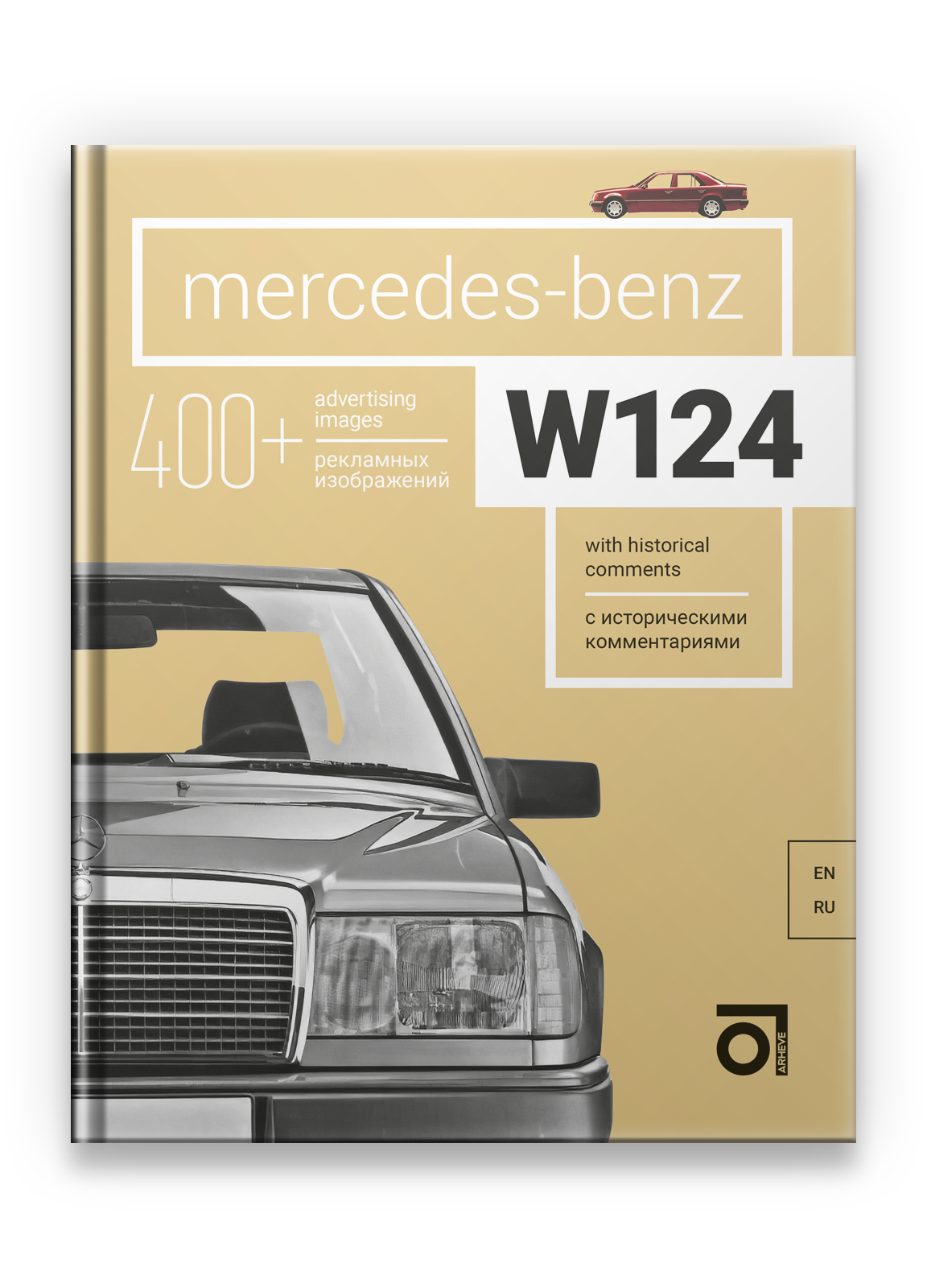

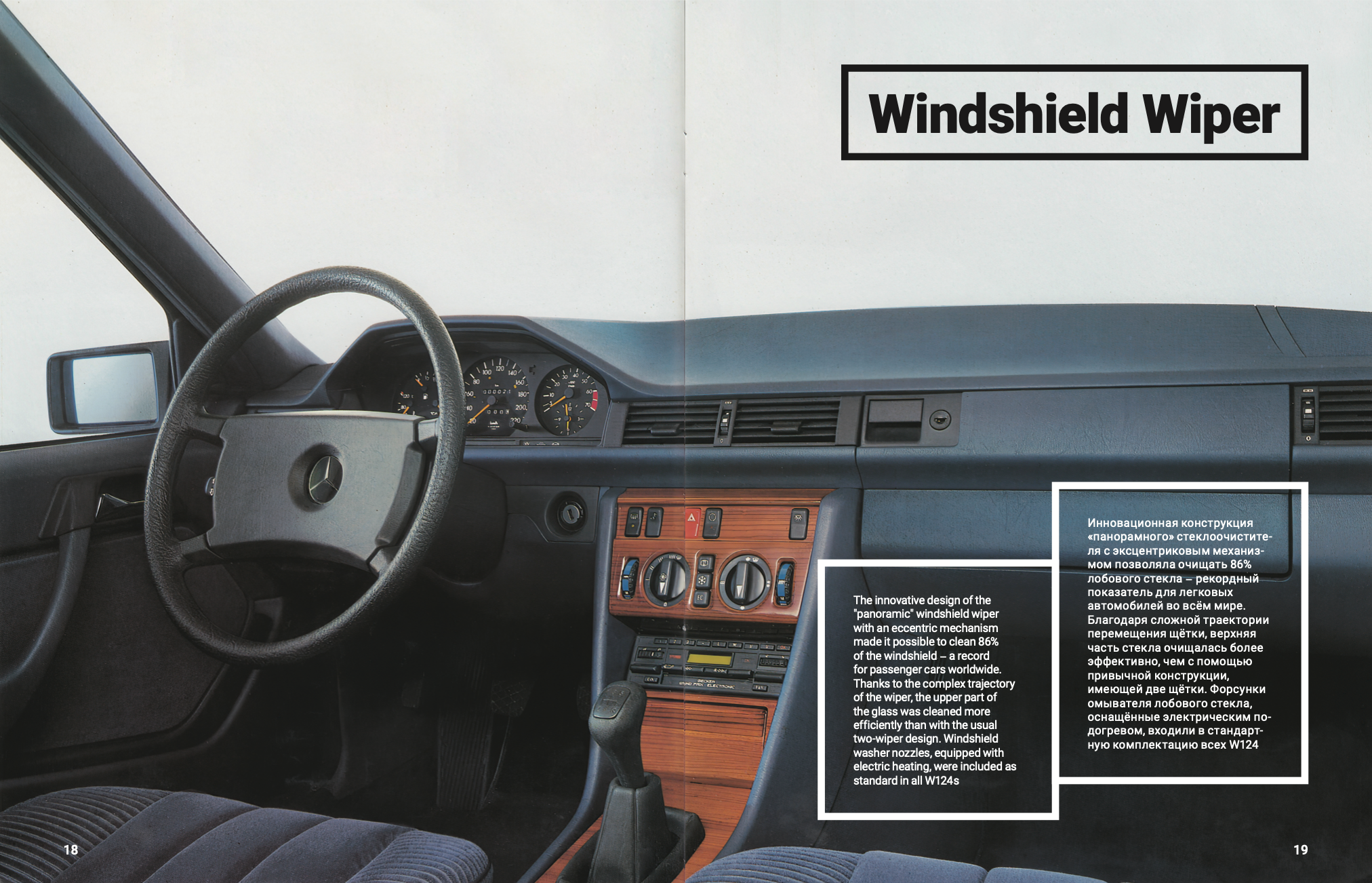

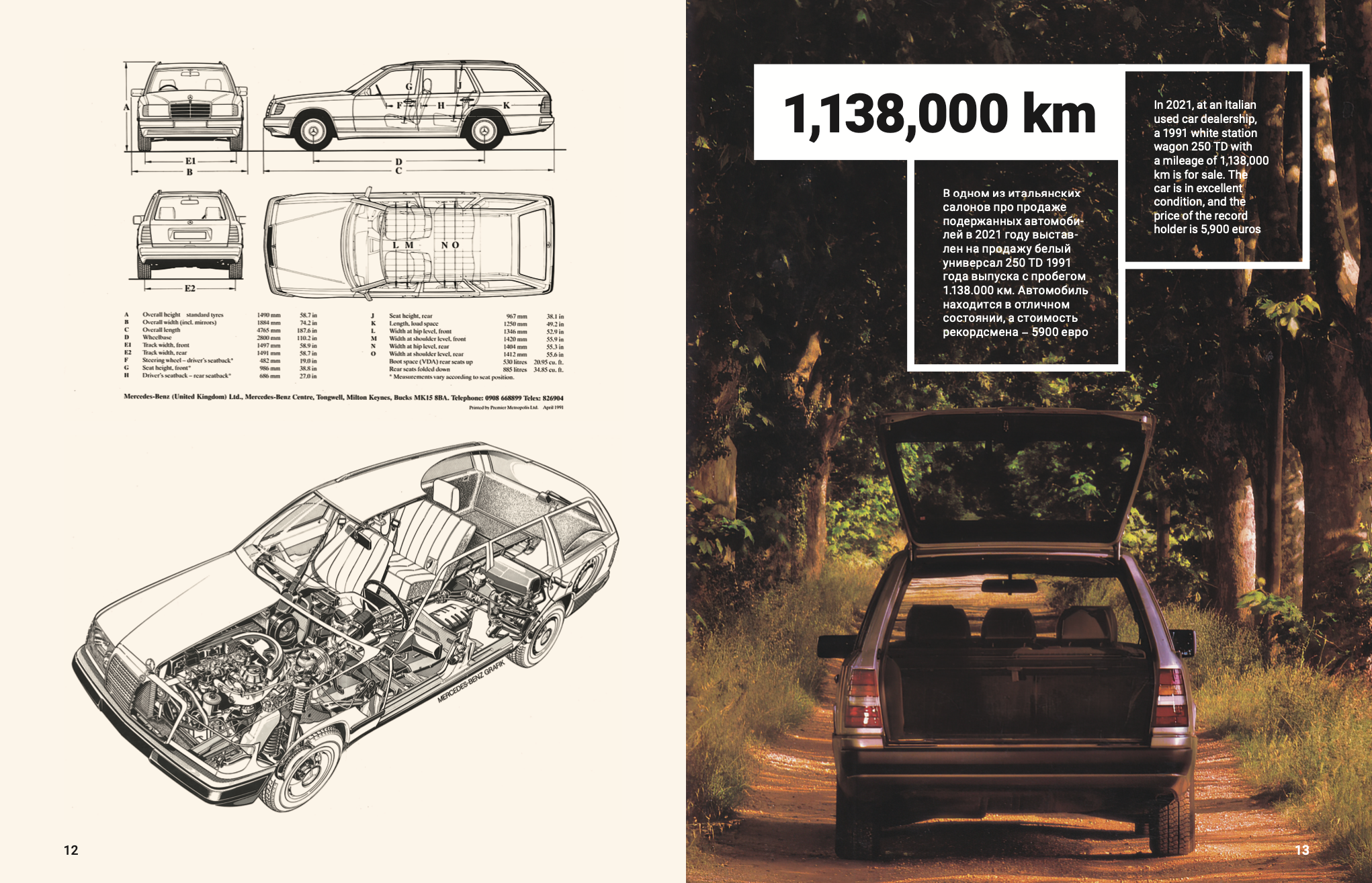
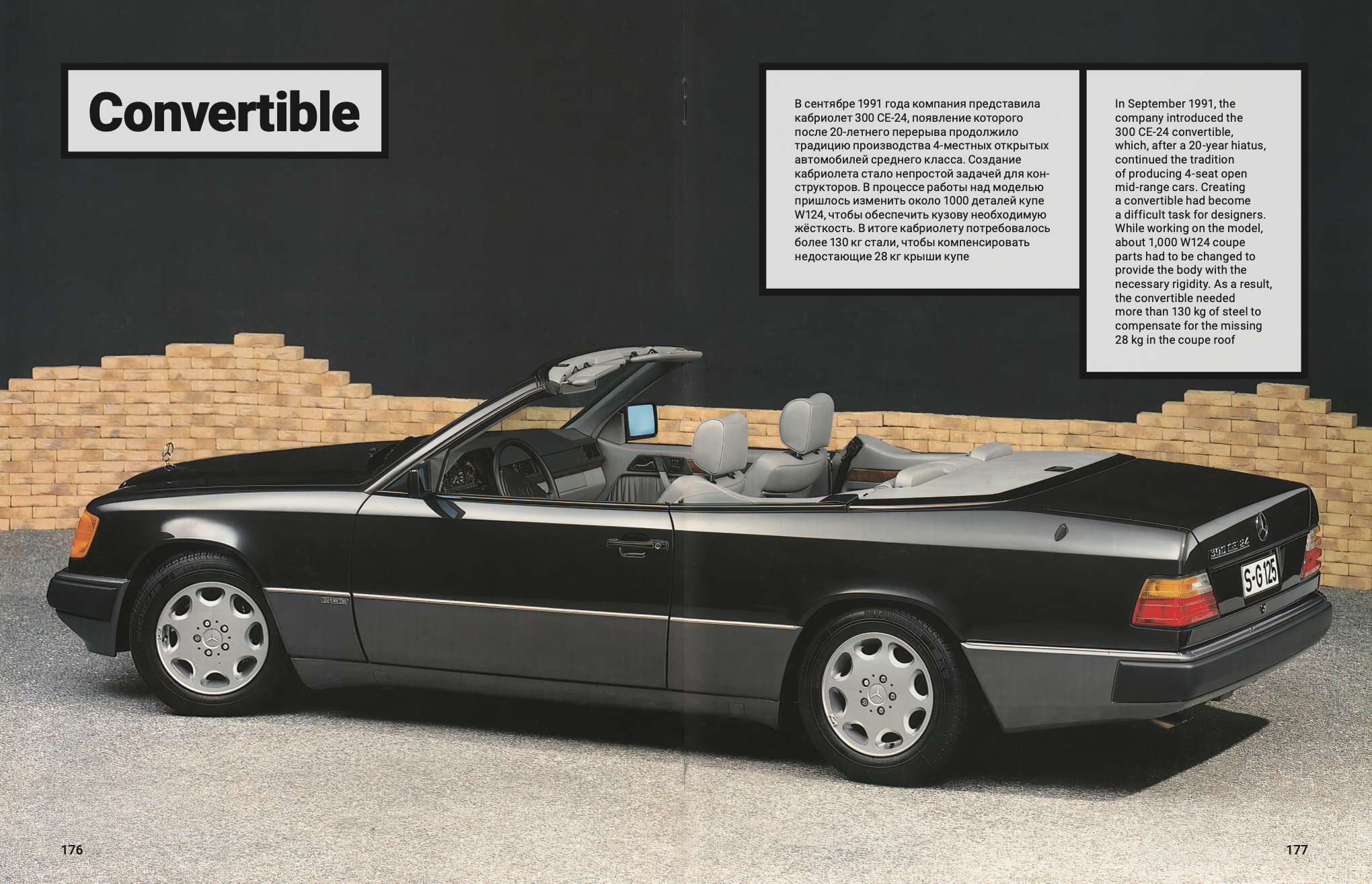
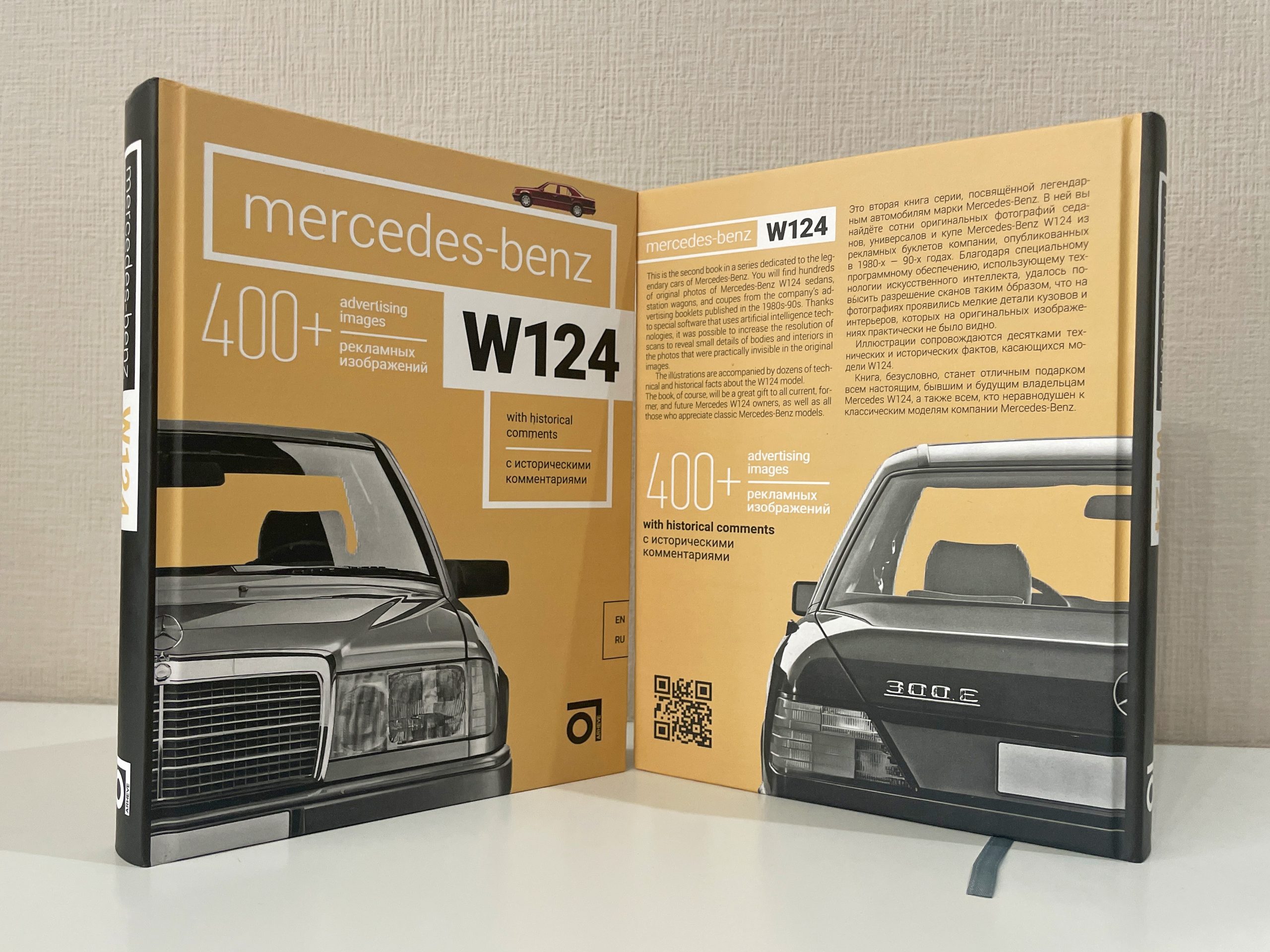
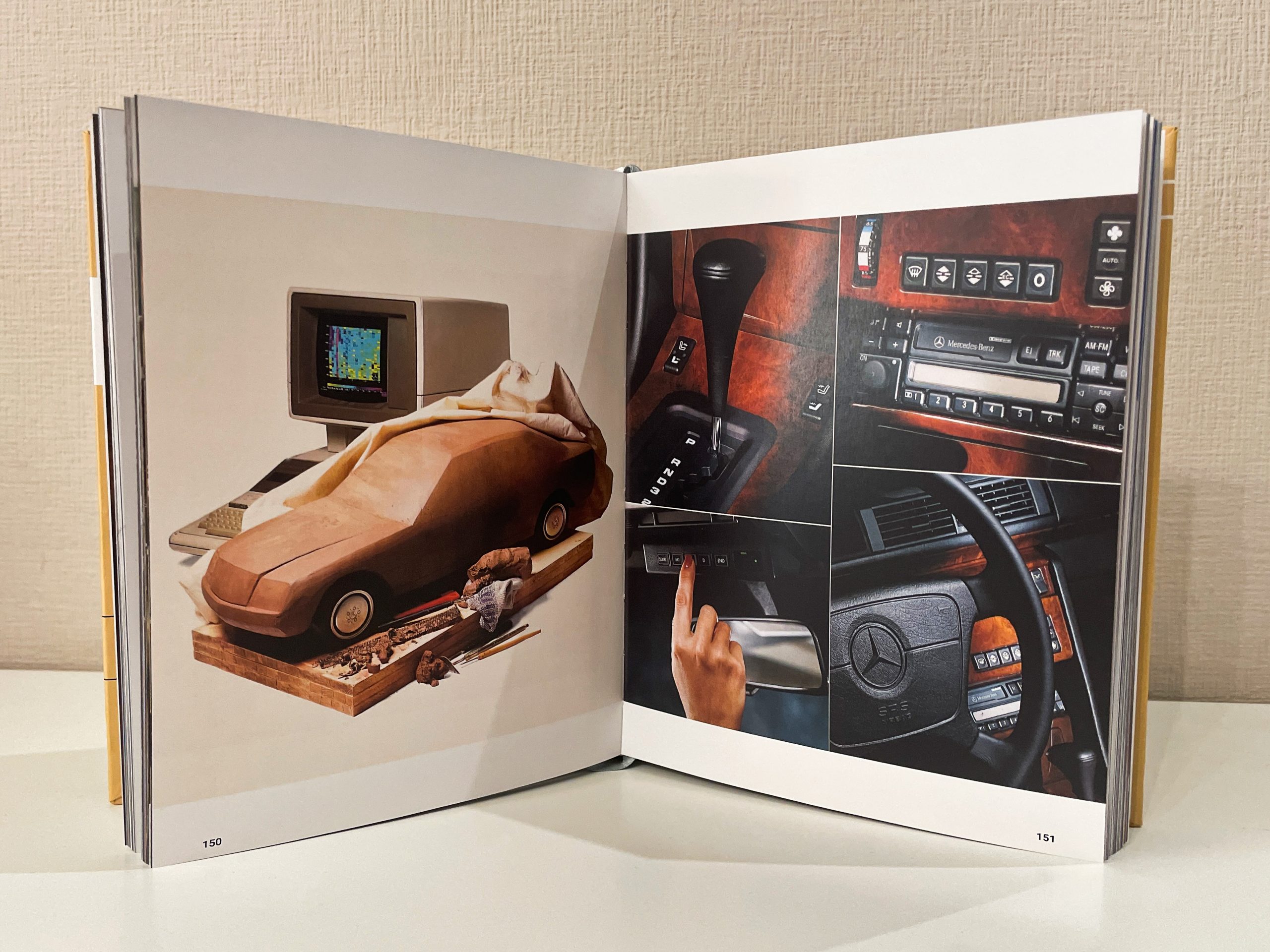




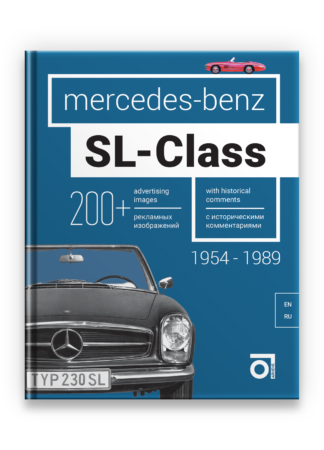
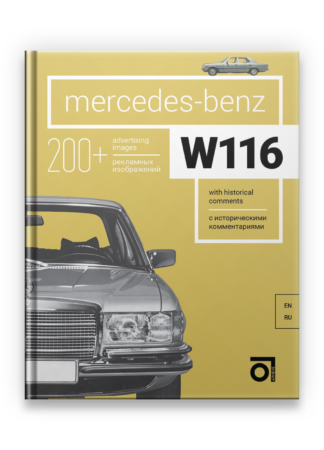

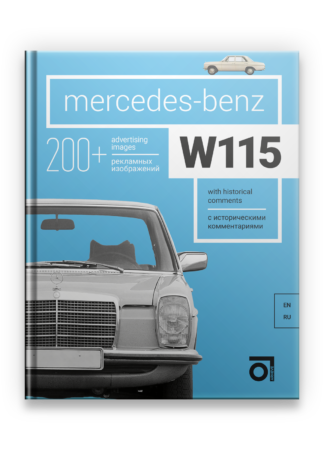
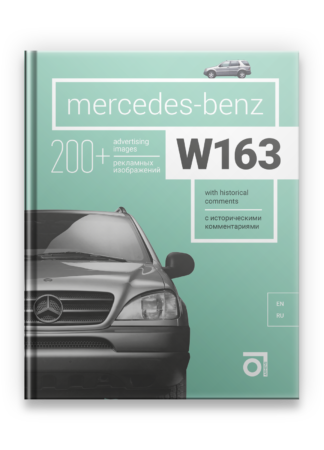
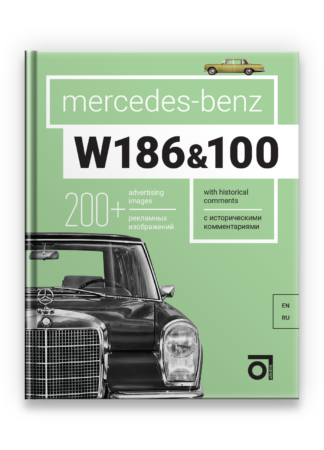
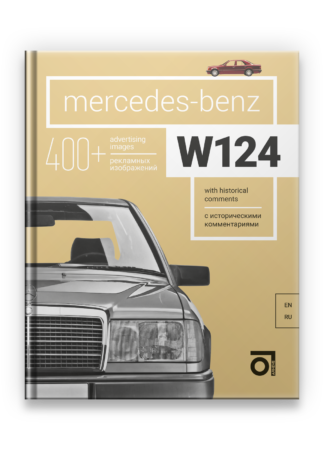
Reviews
There are no reviews yet.